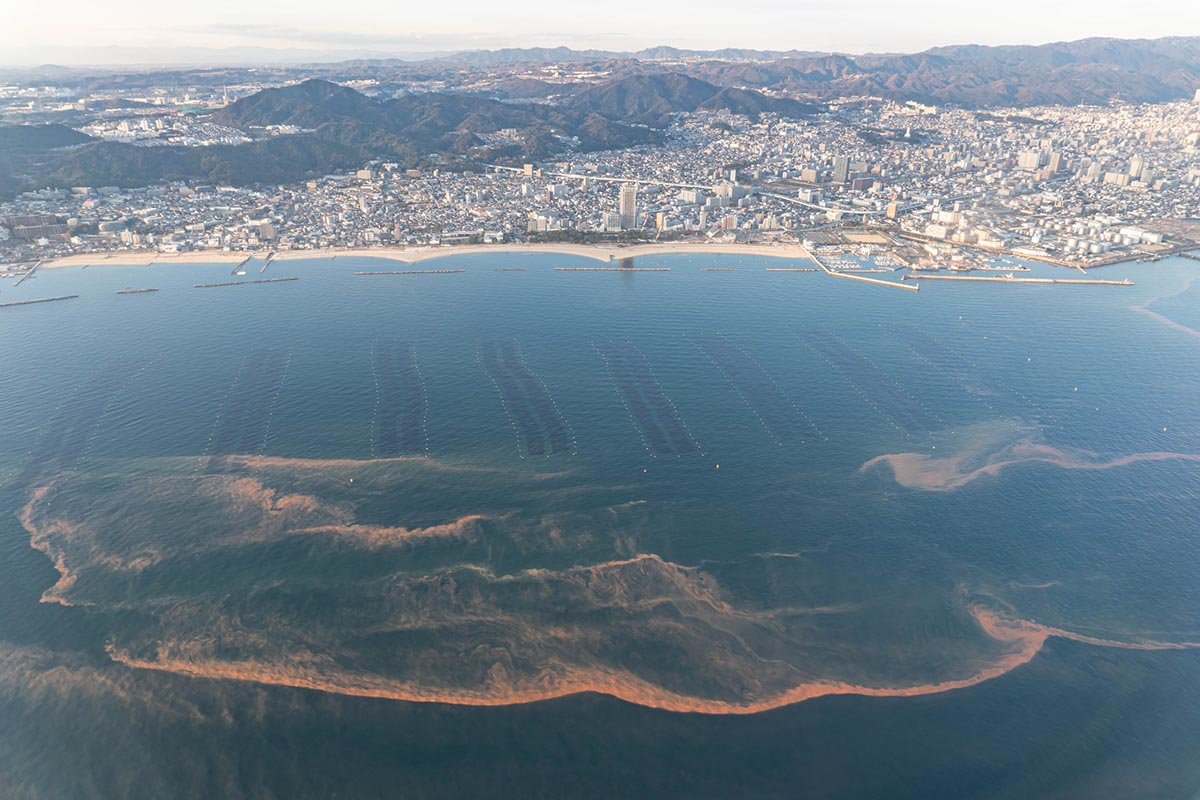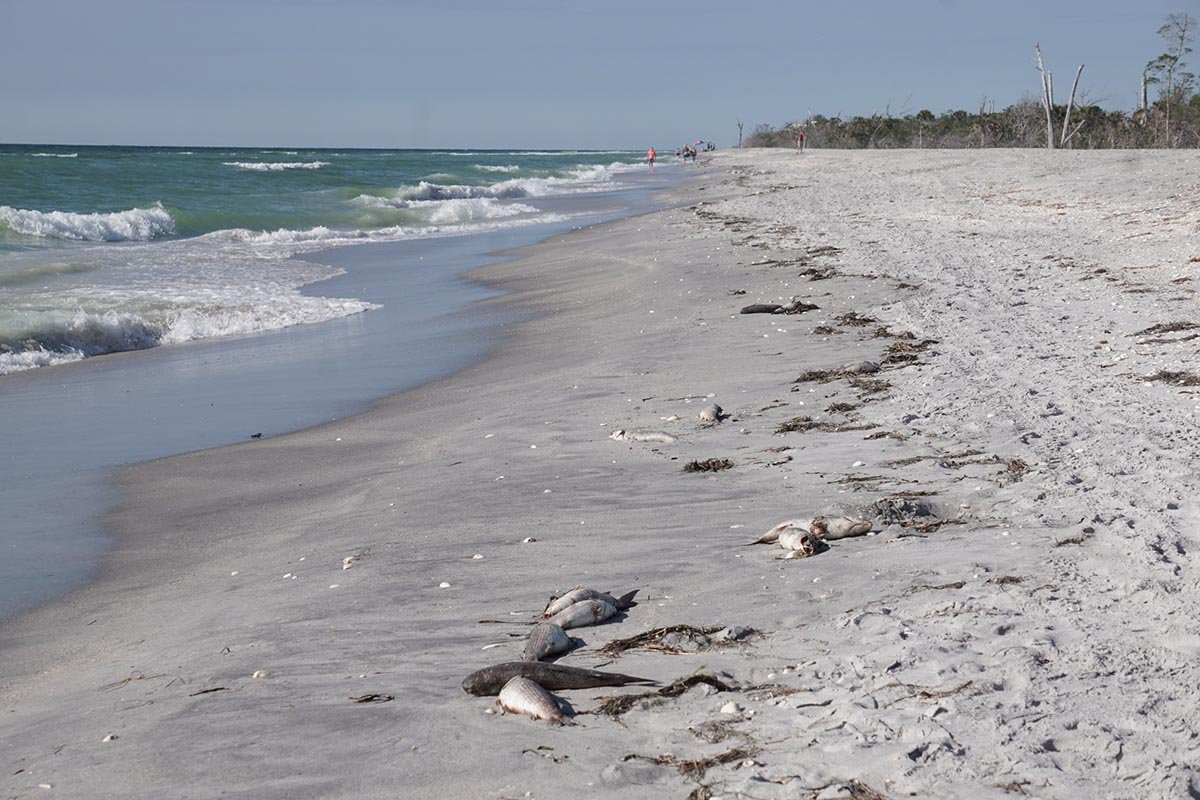What Is Red Tide?
Going to the beach is a quintessential summer activity. Unfortunately, nature doesn’t always cooperate. A phenomenon called red tide, also known as Harmful Algal Blooms (HAB), is one example of how nature can spoil your summer beach plans. In a red tide, algae grow out of control and produce toxins that are harmful to wildlife and humans. Though rare, red tide-born illness in humans can be debilitating and fatal.
If you’ve never gone to the beach during a red tide, consider yourself lucky. Here is everything you need to know about red tide, including where it is common and the impacts it can have on your health.
What Causes Red Tide?
Red tide is caused by a microscopic toxin that can be found in algae. Scientists believe that red tides occurred long before human civilization began on Earth, but thanks to climate change, human activities seem to have exacerbated the problem. The chemicals used in farming and sewage plants run off into the oceans and other water systems and cause algae to grow faster.
Why Is It Called Red Tide?

The name “red tide” comes from the fact that the algae, often red in color, can make the water appear deep red. One of the common species of algae that causes red tide is the dinoflagellate Karenia brevis. These algae blooms can sometimes grow to be so big that they can be seen from space.
When and Where Is Red Tide Most Commonly Found?
Though red tides have occurred all over the world, they appear most frequently along the Texas and Florida Gulf Coast. Floridians expect significant red tide blooms almost every year in the late summer and early fall, but these time frames are not the only times when blooms can occur. The blooms are commonly seen between Clearwater, Florida and Sanibel Island, but they can occur anywhere along Florida’s Gulf Coast.
What Does Red Tide Do to Wildlife?

Red tides can be harmful to marine life and other animals that live near the beach. The high amounts of nitrogen and phosphorus can kill fish, dolphins, turtles, marine birds, and manatees. Particularly potent red tides can cause fish to begin swimming erratically, leading eventually to their death.
Toward the end of a red tide bloom, it’s common to see sea foam along the coastlines. This is a natural occurrence that isn’t necessarily a cause for concern. When the sea foam is a light, white color, it is no cause for worry. However, if the foam is a deep red hue, it will continue to release toxins into the air. Sometimes, these toxins can be so strong that they can penetrate the waterproofing on birds’ wings, making them incapable of flying away.
What Does Red Tide Do to Humans?
Though humans are not as severely impacted by red tide as the animals living in and near the water, red tides are still concerning for humans. When humans eat shellfish that have been affected by a red tide, they can experience Paralytic Shellfish Poisoning (PSP). PSP can be life-threatening, and you can begin showing symptoms within two hours of consumption.
There are also a number of effects that come from being on the beach at the same time as a red tide. According to the Florida Department of Health, human interaction with red tides can cause discomfort, such as skin irritation, teary eyes, coughing, and sneezing. Though most people’s reactions to red tide are mild, it is recommended you stay out of the water and avoid the beach altogether if you have chronic respiratory problems like asthma.
Another unfortunate symptom of a red tide is that dead fish wash onto the shore and leading to the unpleasant smell of decaying fish. While this doesn’t affect your health, it’ll definitely make a visit to the beach a lot less enjoyable.
Have you ever experienced a red tide bloom? Tell us in the comments.






